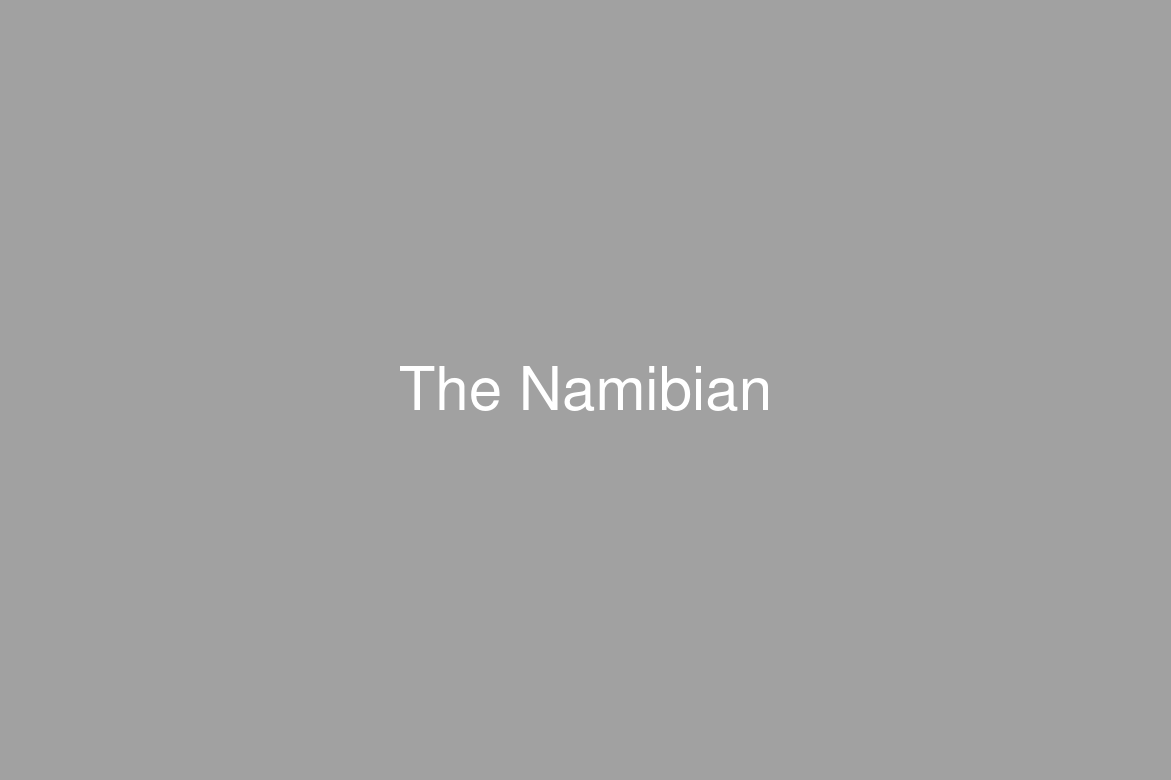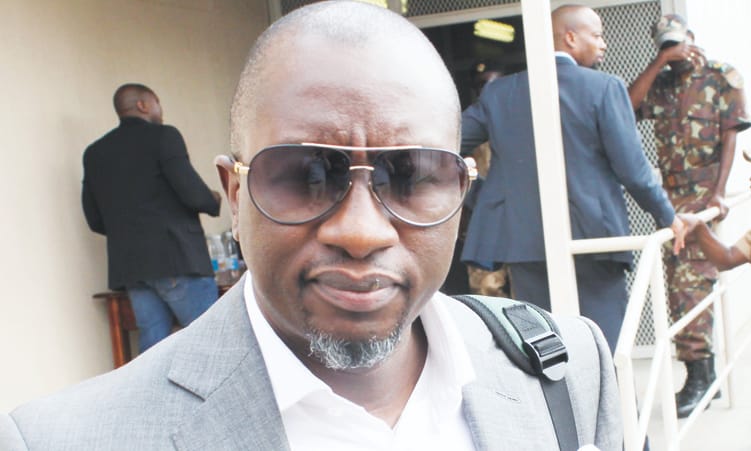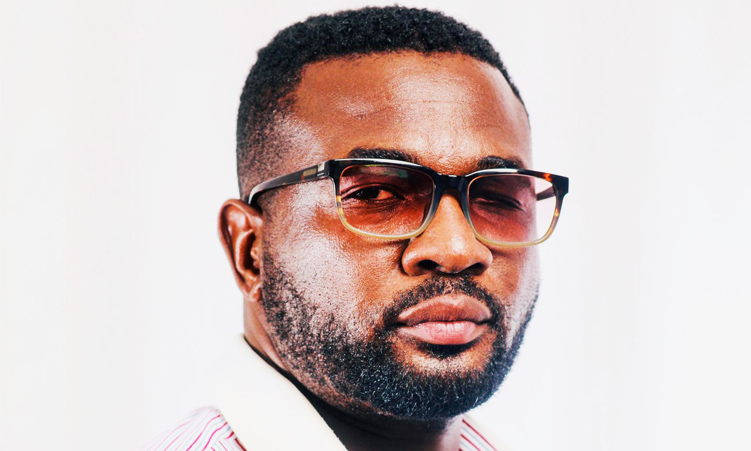FOLLOWING are some facts about “game theory analysis” work which won Israel’s Robert Aumann and American Thomas Schelling the 2005 Nobel economics prize: * “Game Theory” is the science of strategy which determines what actions “players” should take – in contexts ranging from chess to tennis or corporate takeovers – to secure the best outcomes for themselves.
* For example, if one of two parties in a relationship can choose between two courses of action and the other party has three options, there are 2 x 3 = 6 possible outcomes. * Schelling’s book ‘The Strategy of Conflict’ (1980) sets out strategies such as making short-term concessions to win long-term gains, and has influenced generations of strategists.* His book ‘Micromotives and Macrobehaviour’ (1978) puts the idea in the everyday arena such as why ice-hockey players use helmets, how audiences choose seats in an auditorium or how people’s racial and sexual prejudices influences behaviour.* Aumann used mathematical analysis to give game theory’s concepts and hypotheses concise formulations and conclusions.* His work on parties who interact many times over a long period – so-called repeated games – showed that peaceful cooperation is often an equilibrium solution, even where the parties have short-term conflicts of interest.* Aumann also developed the theory of repeated games with asymmetric information – where one party knows more than another about certain aspects of the “game”, e.g.the real costs of a competitor or military strength of another country.* The Royal Swedish Academy of Sciences said Schelling and Aumann’s work “has contributed significantly to bridging the gap between economics and other behavioural and social sciences”.- Reuters* Schelling’s book ‘The Strategy of Conflict’ (1980) sets out strategies such as making short-term concessions to win long-term gains, and has influenced generations of strategists.* His book ‘Micromotives and Macrobehaviour’ (1978) puts the idea in the everyday arena such as why ice-hockey players use helmets, how audiences choose seats in an auditorium or how people’s racial and sexual prejudices influences behaviour.* Aumann used mathematical analysis to give game theory’s concepts and hypotheses concise formulations and conclusions.* His work on parties who interact many times over a long period – so-called repeated games – showed that peaceful cooperation is often an equilibrium solution, even where the parties have short-term conflicts of interest.* Aumann also developed the theory of repeated games with asymmetric information – where one party knows more than another about certain aspects of the “game”, e.g.the real costs of a competitor or military strength of another country.* The Royal Swedish Academy of Sciences said Schelling and Aumann’s work “has contributed significantly to bridging the gap between economics and other behavioural and social sciences”.- Reuters
Stay informed with The Namibian – your source for credible journalism. Get in-depth reporting and opinions for
only N$85 a month. Invest in journalism, invest in democracy –
Subscribe Now!






